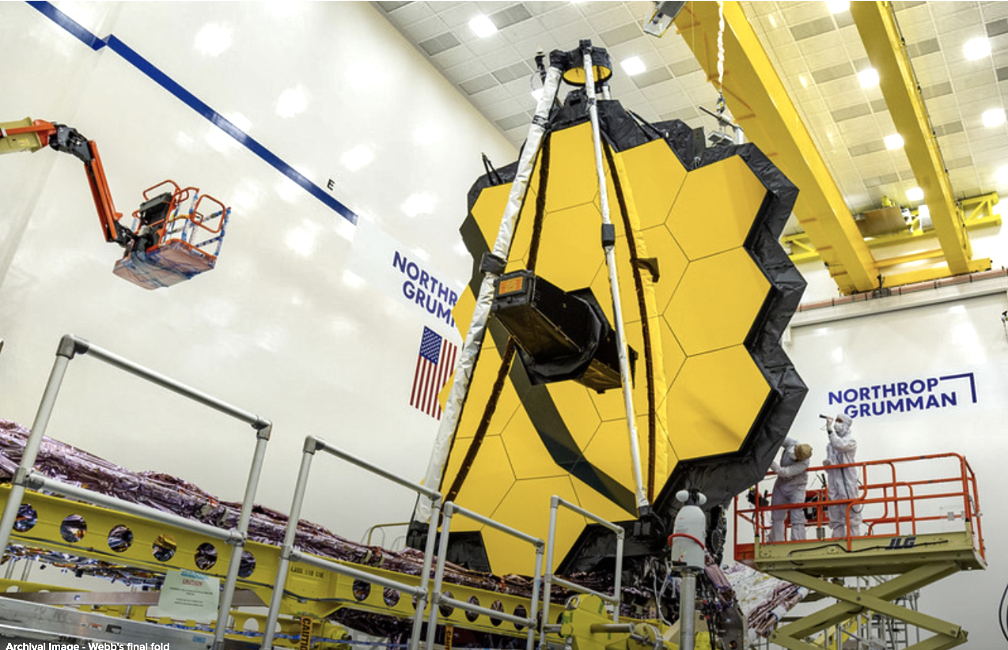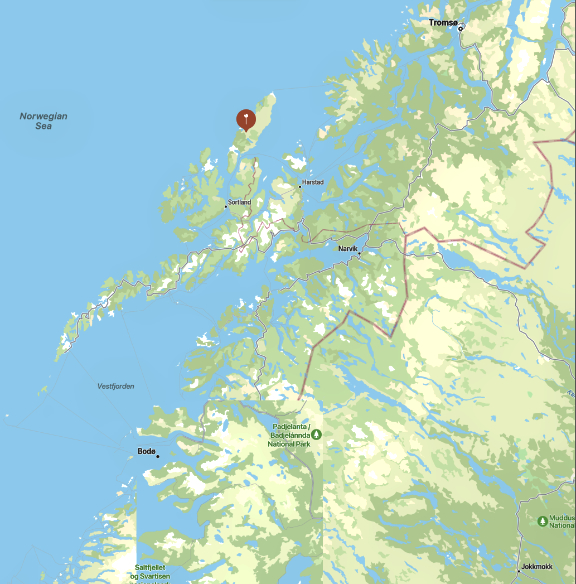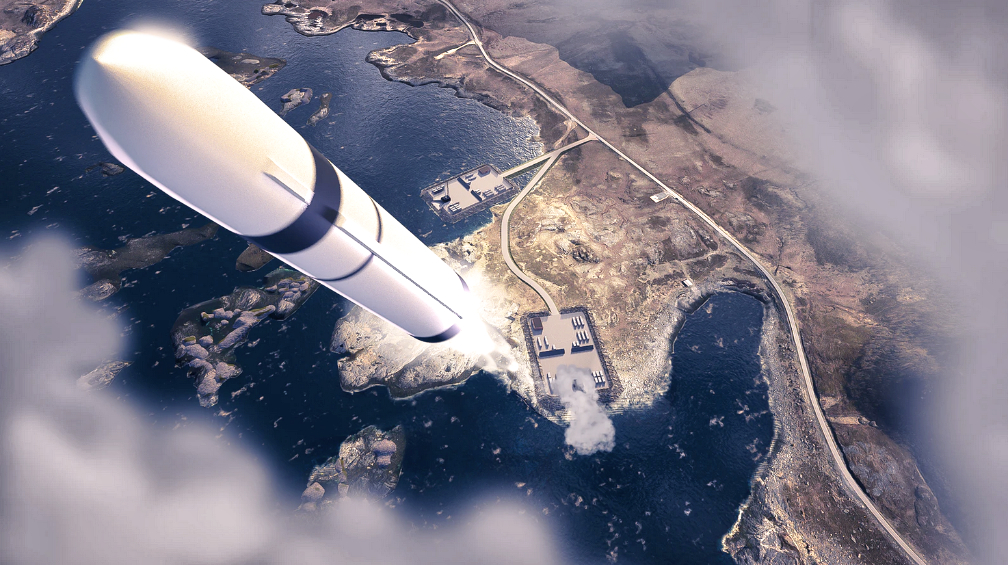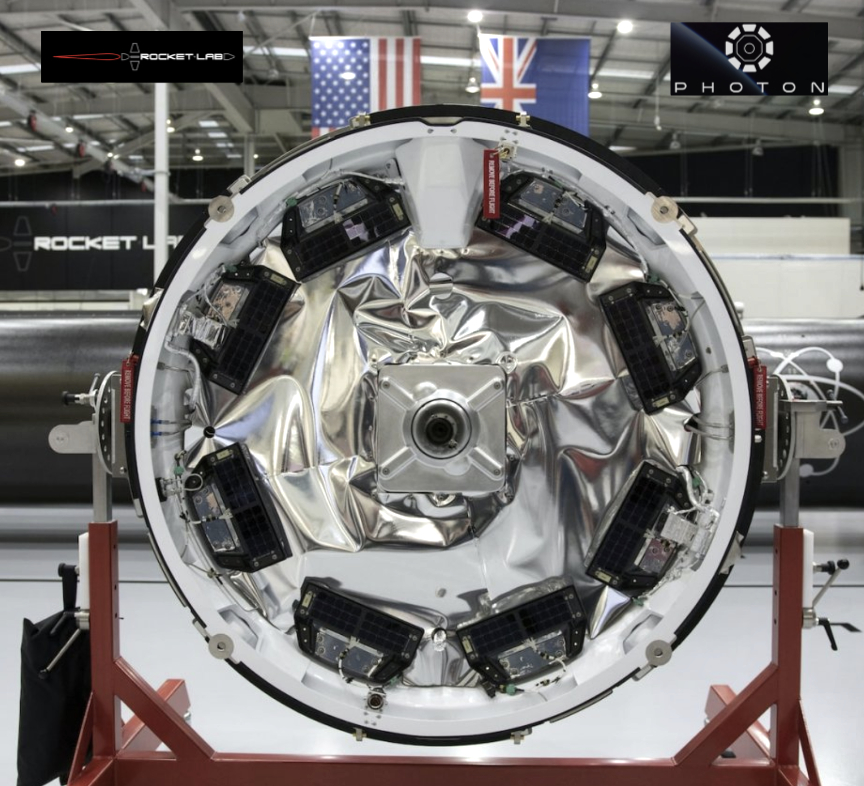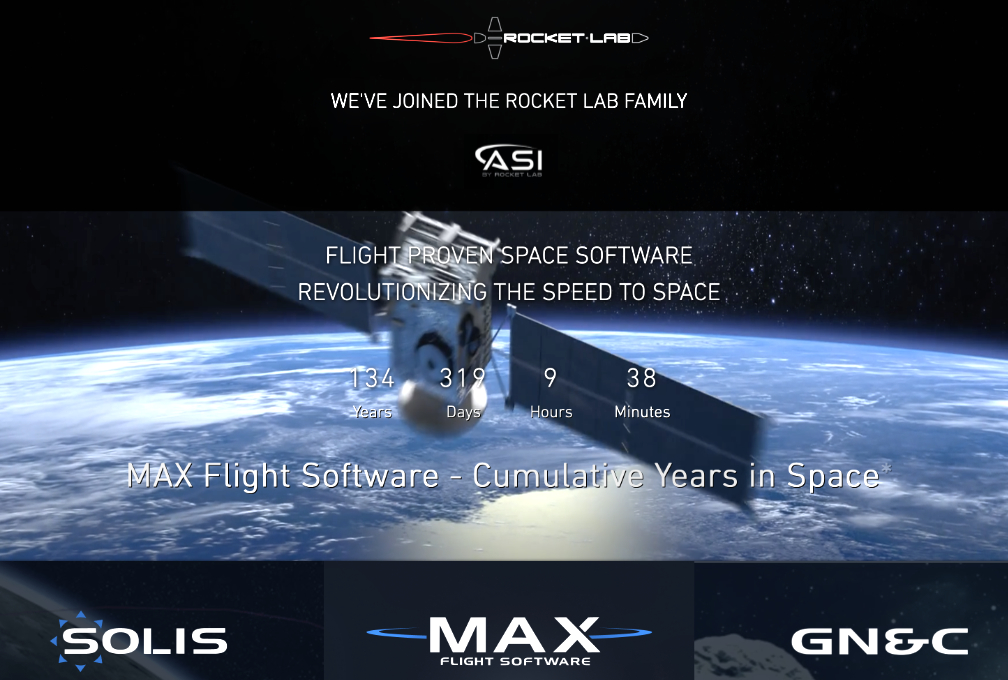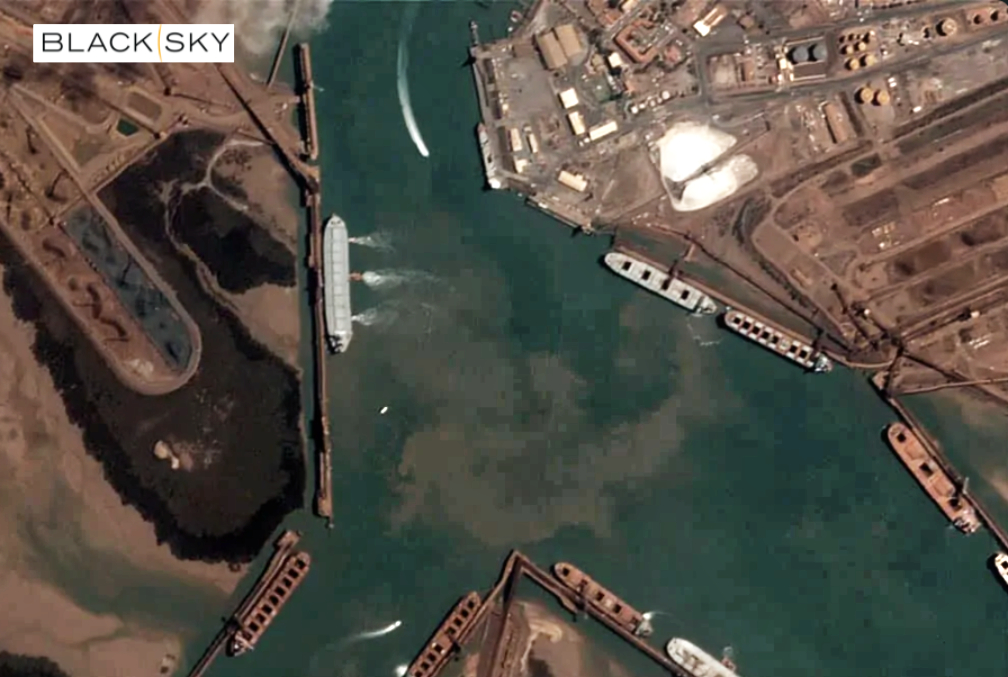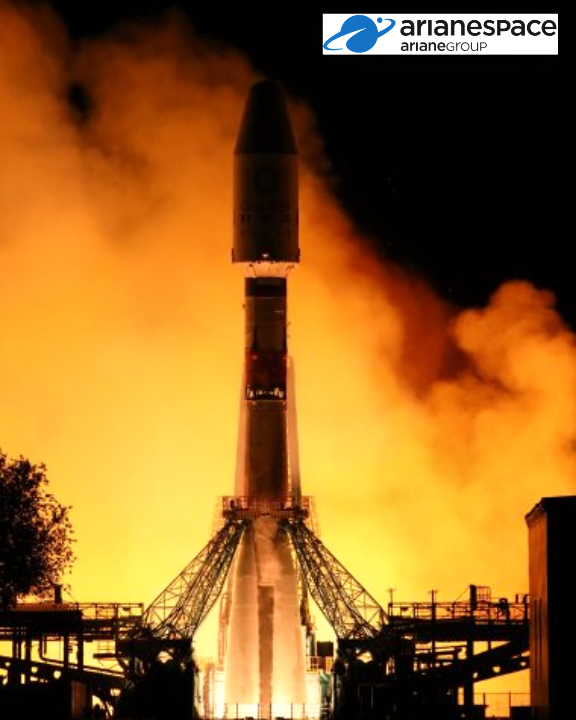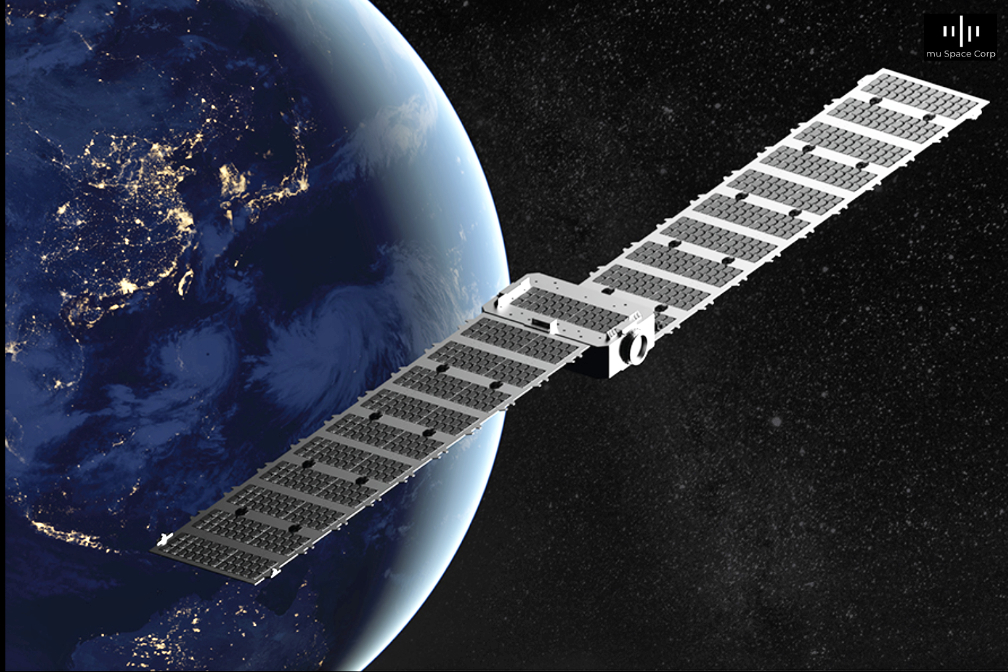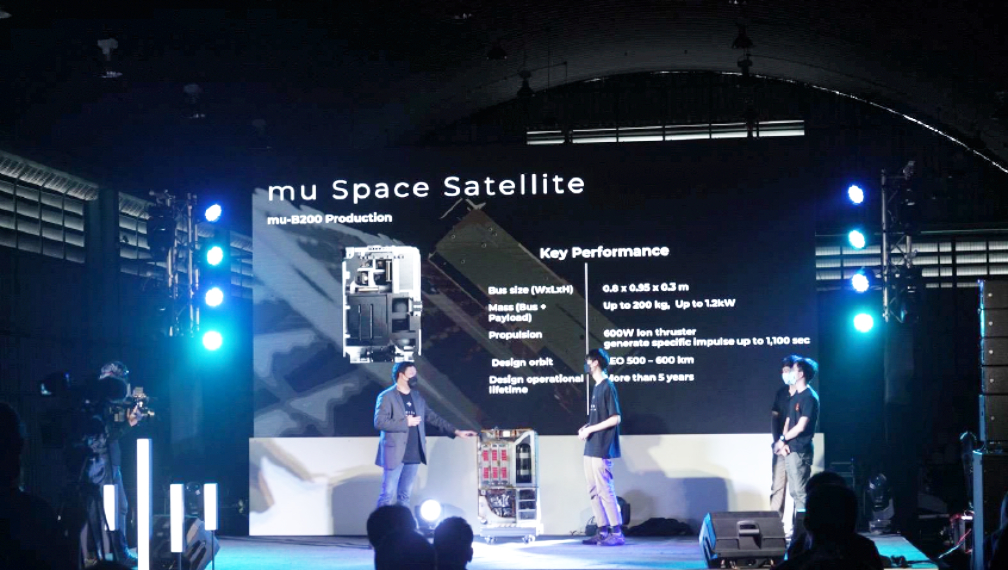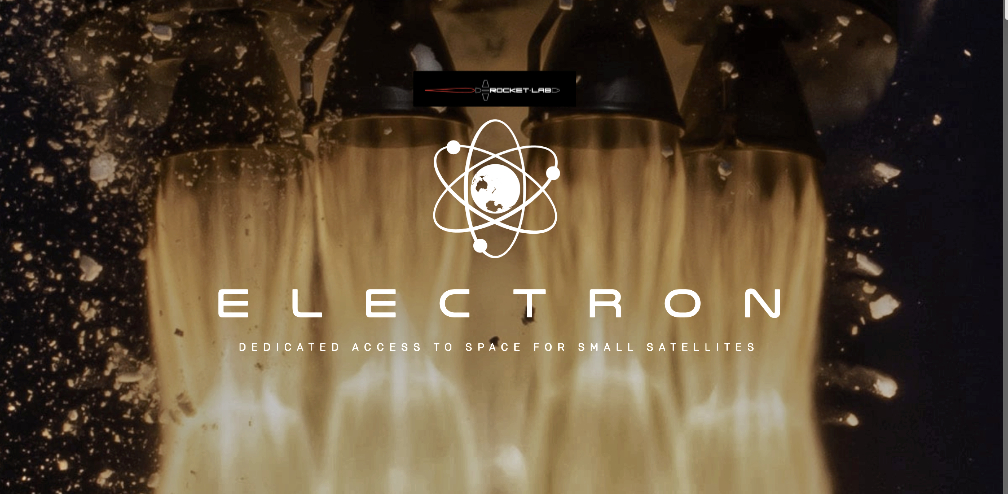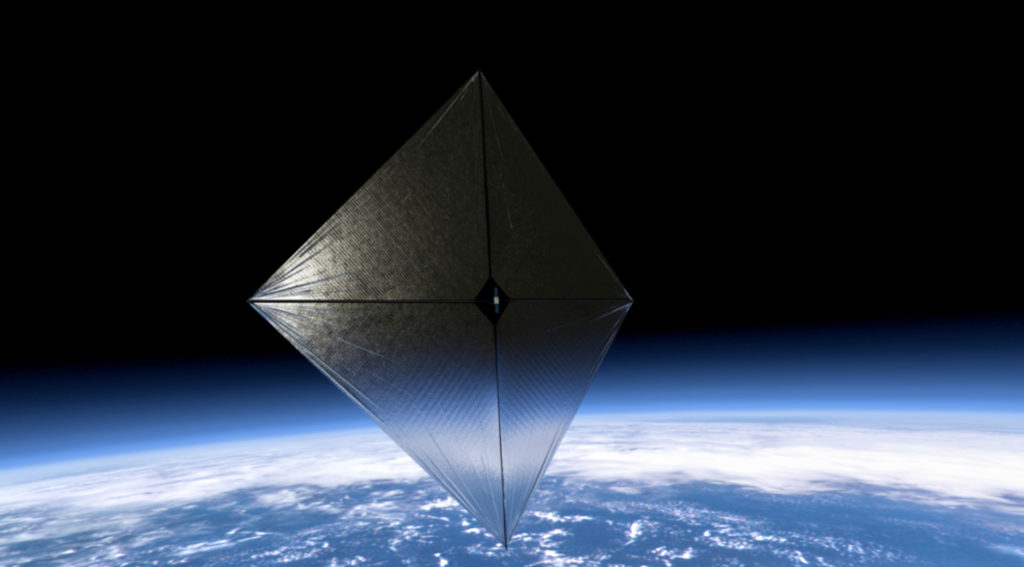
New Shepard’s 18th mission, NS-18, launched on Wednesday, October 13, from Blue Origin’s west Texas launch site carrying four astronauts — Dr. Chris Boshuizen, Glen de Vries, Audrey Powers, and William Shatner, to space and back.

This was the second human flight of the fully autonomous, 60 foot tall, New Shepard, this also being the fourth flight of the booster.


Now official astronauts, the crew was welcomed back from space with a celebration in the West Texas desert with family, friends, and the Blue Origin team.
“At Blue Origin, we are motivated by the dreamers that inspire us and the builders who turn those dreams into reality. Today’s crew represented both dreamers and builders. We had the honor of flying our very own Audrey Powers, Vice President of New Shepard Operations, who fulfilled a lifelong dream to go to space and has been an integral part of building New Shepard. Our two customers, Chris Boshuizen and Glen de Vries, have built their own successful ventures and have now realized their own dreams of space travel. And, as everyone knows, William Shatner has played an important role in describing and imagining the wonders of universe and inspired many of us to pursue a career in the space industry,” said Bob Smith, CEO Blue Origin. “This flight was another step forward in flying astronauts safely and often. It’s an incredible team and we are just getting started.”






Blue Origin is planning one more crewed flight this year, with several more such flights planned for 2022.



